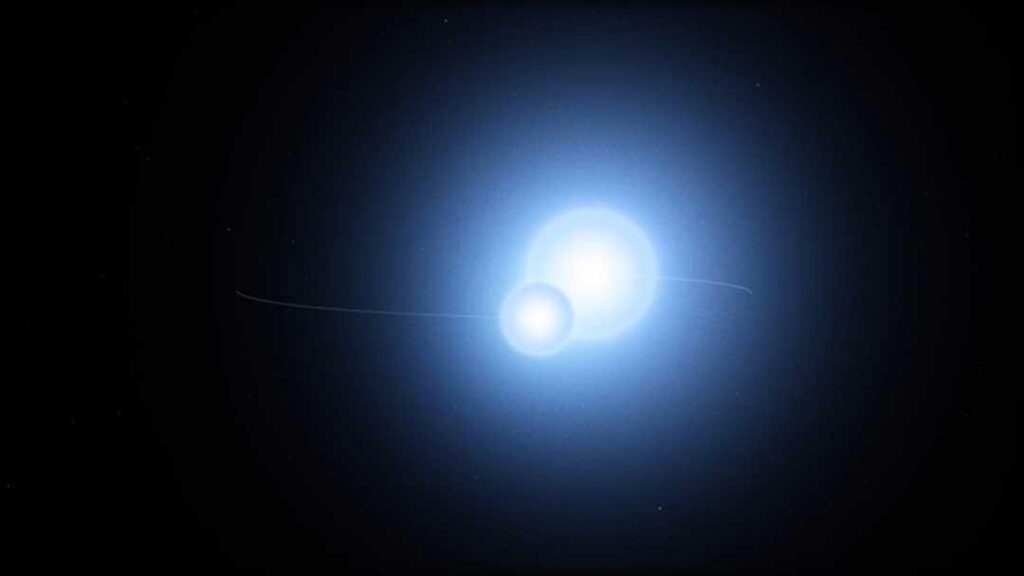A new research has found a peculiar star which is almost too extraordinary to be described. Stars can get into pretty interesting shapes and configurations, which are difficult to spot. The new star system TIC 168789840 is the first six-star system discovered where each pair of stars are eclipsing binaries.
So we have three pairs here. Each star in three pairings – A, B, C orbit each other in a matter of days. This means that the stars in the system get covered partially by their companion. Interesting part is that the system A, C have been orbiting each other every four years and these two orbit the B system every 2,000 years.
The team said this system was similar to Castor, which is the second brightest object in the Gemini constellation. In Castor, also a six-star system, only one pair eclipses from our point of view.
These pairs in TIC 168789840 (also known by the equally catchy TYC 7037-89-1) are similar and can be seen as triplets. This helps us to study how the system might have formed. The team, in the paper, mentioned their discovery of the first known sextuply-eclipsing sextuple star system, TIC 168789840.
The triplet nature of the new found a system in addition to the presence of three primary and three secondary eclipses enable further study into the formation and evolution of the system.
A possibility is that star A and C form as a binary with a thick disk of material around them. They encountered star B, which was captured in a wider orbit. All this excitement caused the collapse of gas in the disk into smaller companions, orbiting on roughly the same plane. It is still a hypothesis which is yet to be confirmed.

This new system is located 1,900 light-years away in the constellation Eridanus, a southern sky constellation named after the Latin name of Italy’s longest river.
NASA’s TESS (Transiting Exoplanet Survey Satellite) helped in finding this. TESS keeps an eye on millions of stars. Machine learning algorithm was used to find eclipsing binaries among 80 million stars, of which at least 100 were found to be systems with more than three stars.
Journal Reference:
TIC 168789840: A Sextuply-Eclipsing Sextuple Star System. arXiv:2101.03433 [astro-ph.SR] arxiv.org/abs/2101.03433
Press Release: NASA

